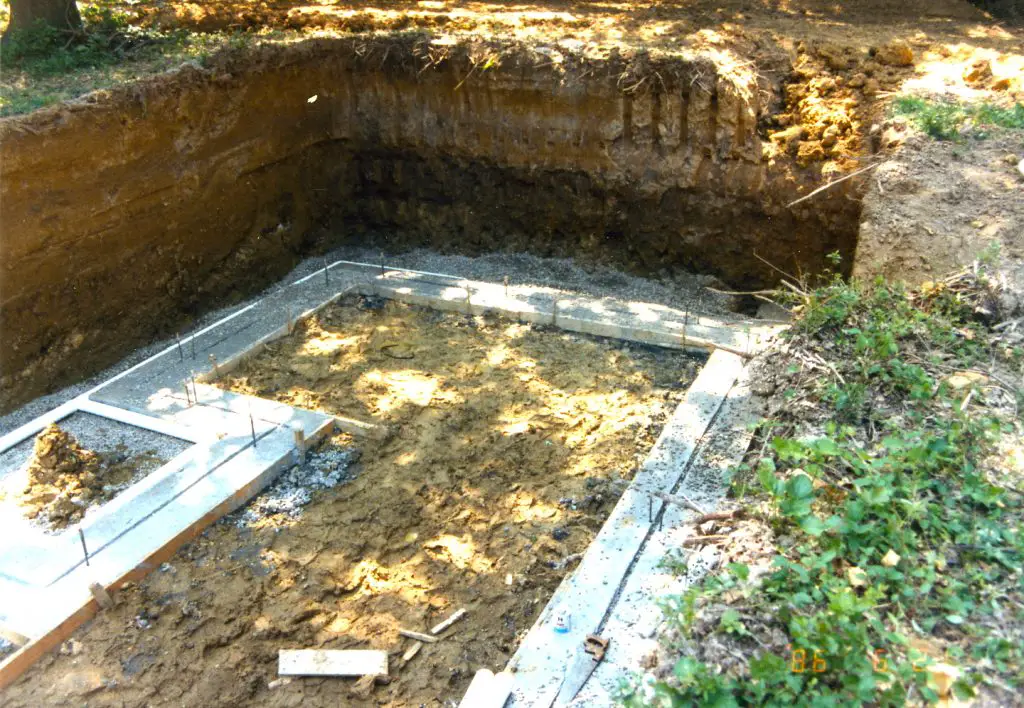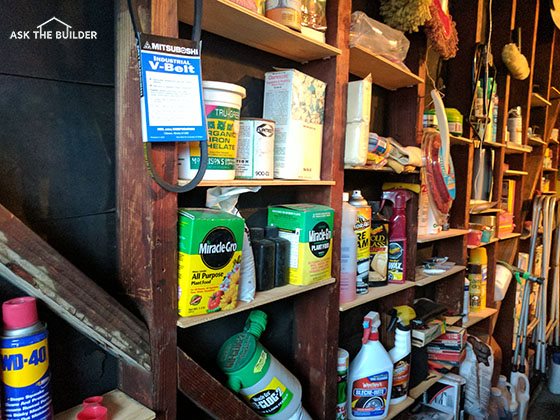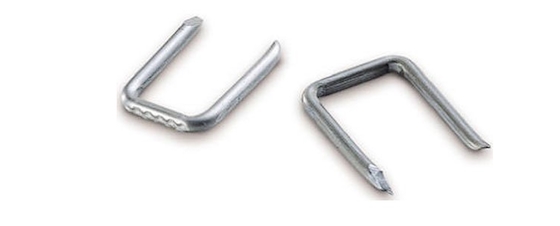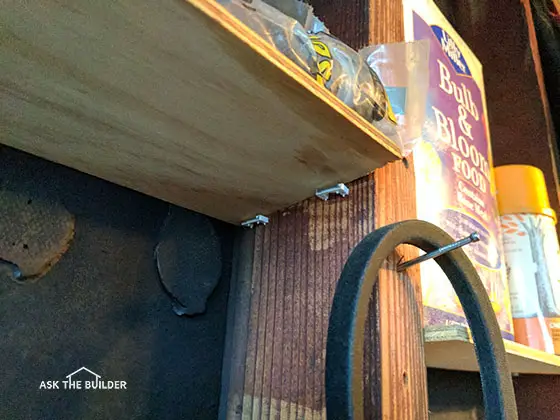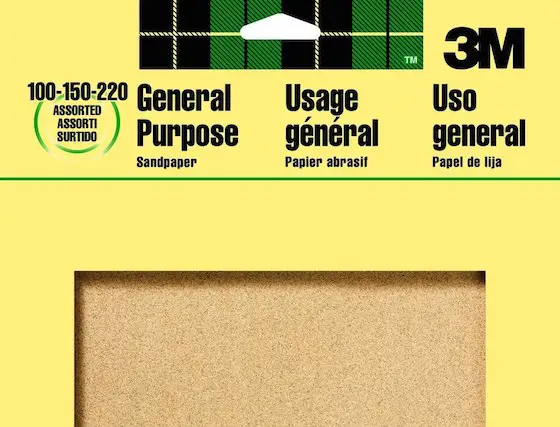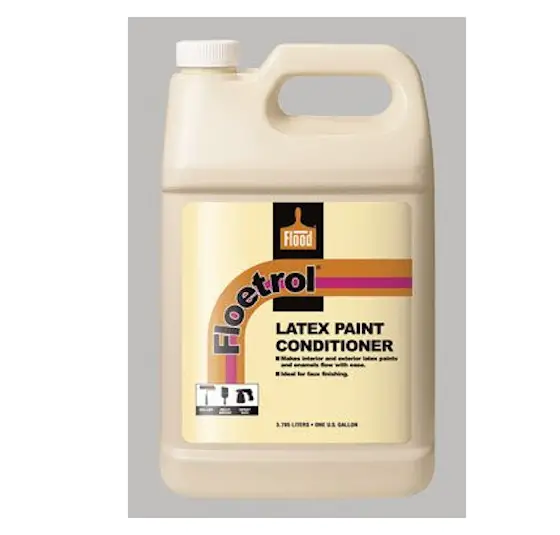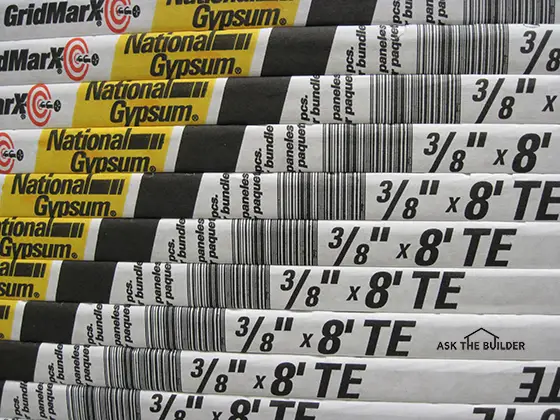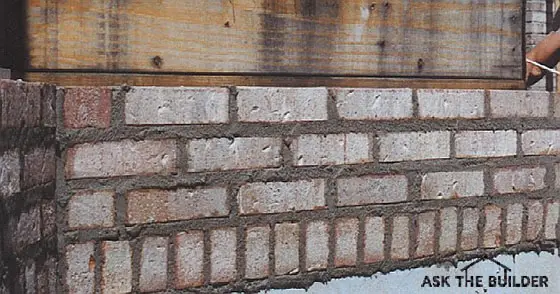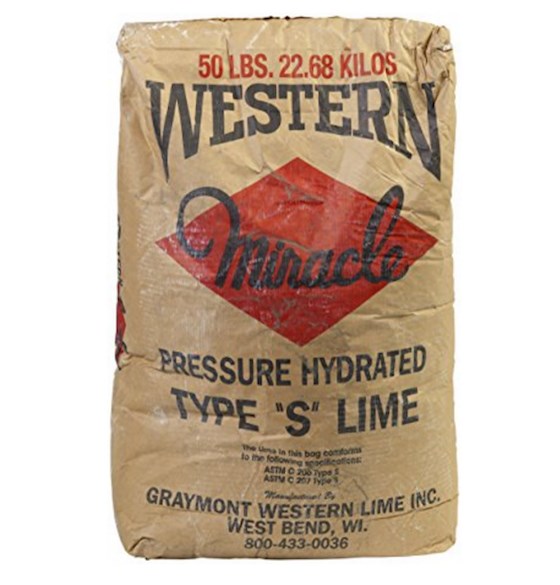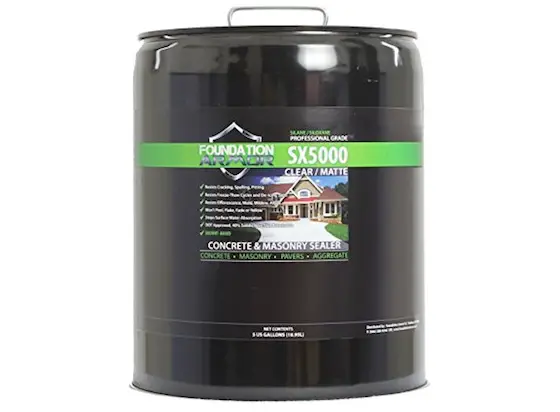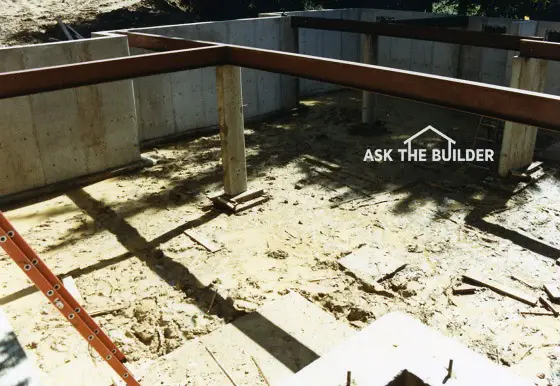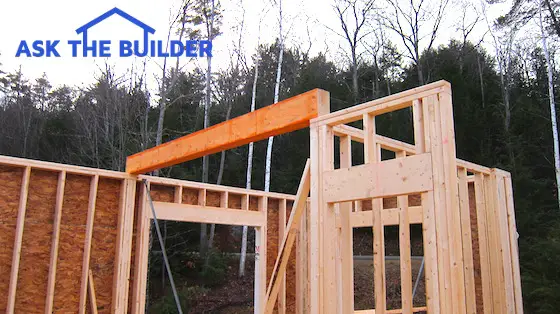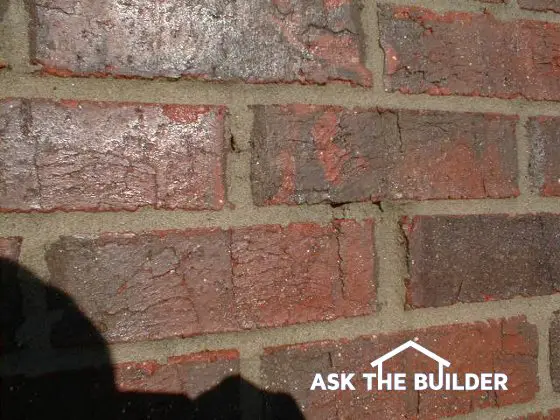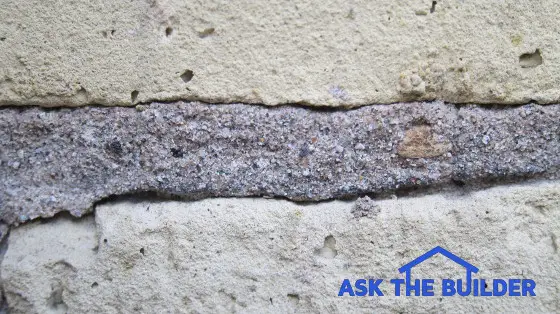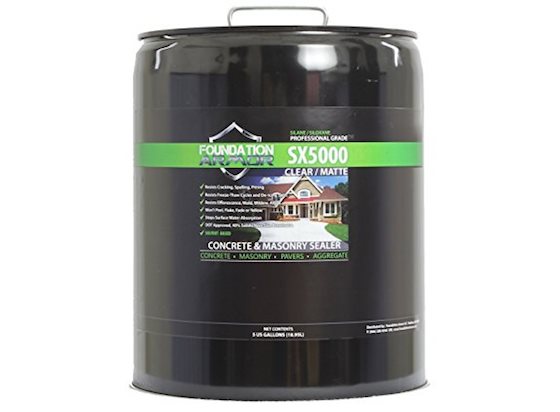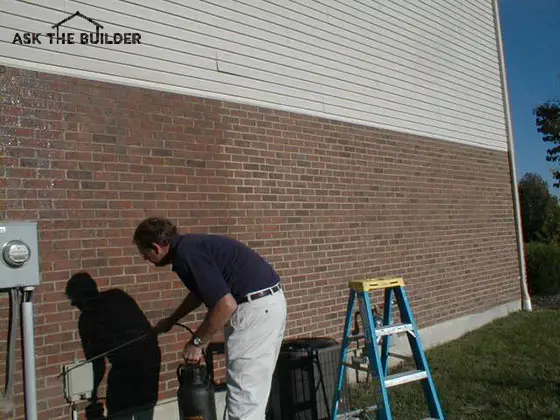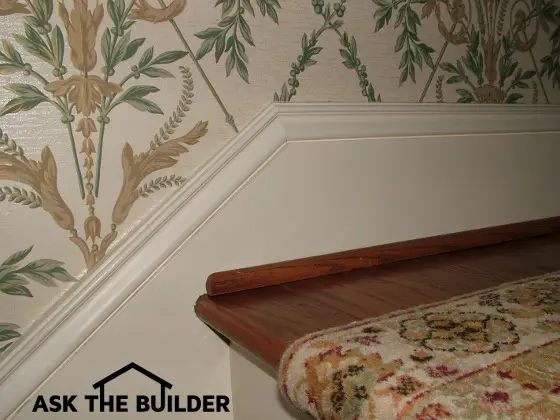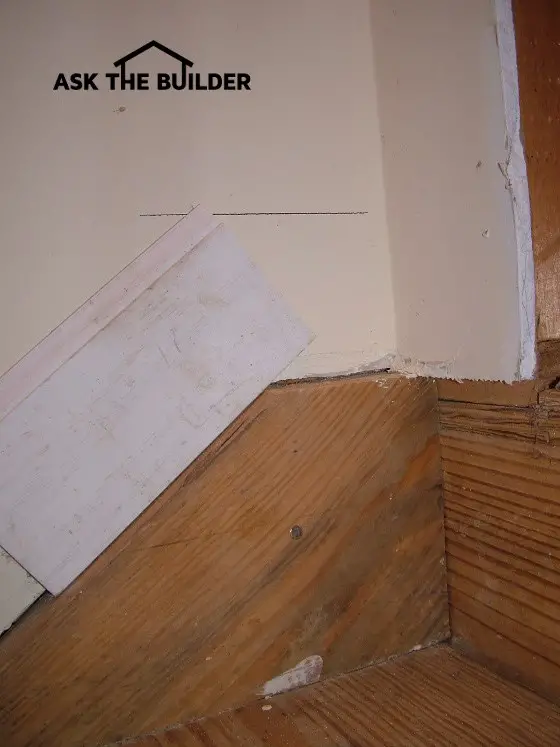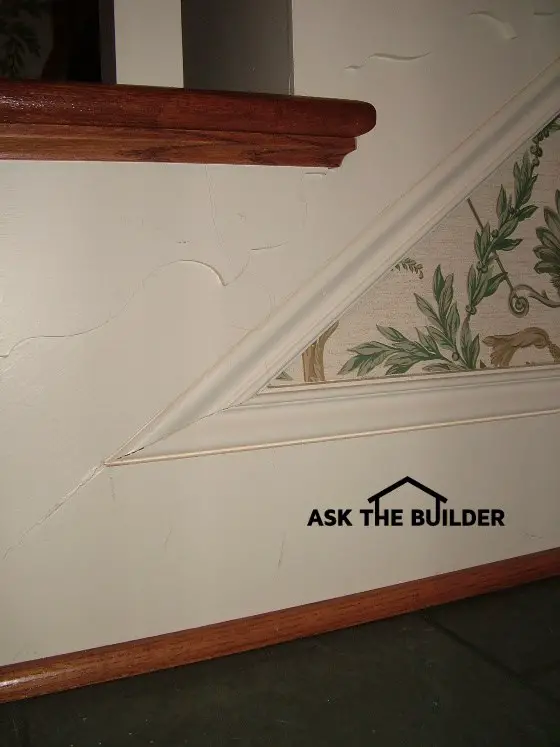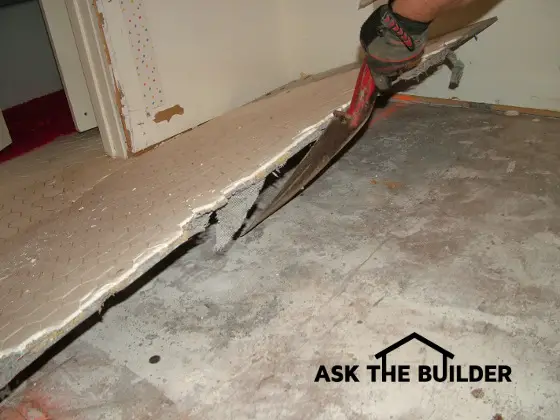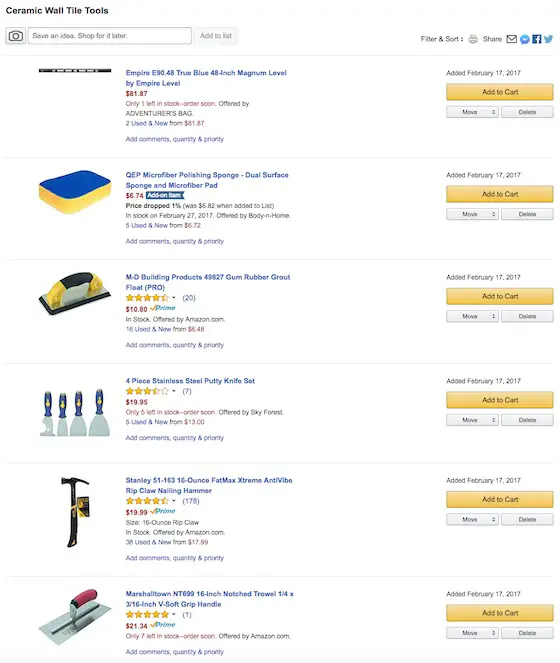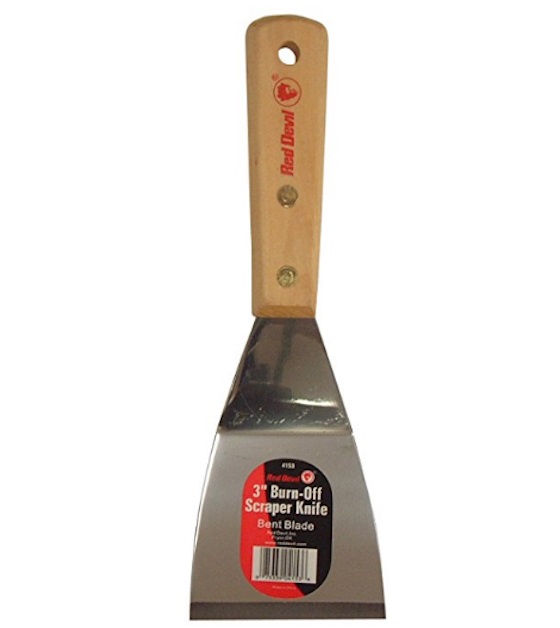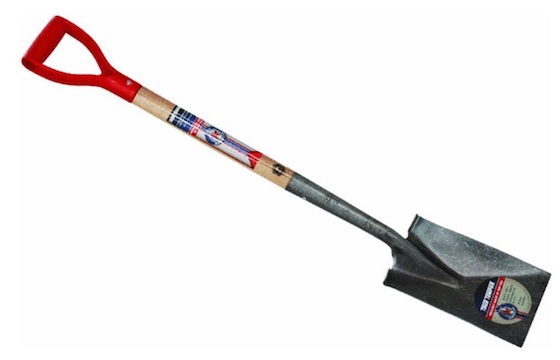Hot Water Recirculating Loop TIPS
Gravity - It's Magic
When water is heated, it gets lighter. It wants to float to the top of cooler water.
Cool water is heavy and wants to fall. If you have a loop that projects upwards, the cool water wants to fall down the loop while the hot water goes up. Gravity fuels the motion.
Complete The Loop
It works in this fashion in your house. You already have half of a gravity loop in place. This is your hot water piping distribution system which begins at your water heater and ends at the farthest fixture which requires hot water.
If you were to install copper piping leading back from the farthest point and from other high points in the existing system, you'd have a loop. This return loop pipe connects into the bottom of the water heater.
You remove the drain valve and install a 3/4-inch nipple, a ball valve, a tee and a new boiler drain so you can drain the heater.
It's that simple.
CLICK HERE to get FREE & FAST BIDS from local plumbers who can install a hot water recirc system!
Slow Flow
The flow of water through the loop is very slow. It doesn't need to be fast.
The only thing that's important is hot water is near each fixture when you need hot water.
Without a loop there's no movement, so any movement is better than none!
Pumps for Slabs
If you live in a house on a slab or where a majority of the hot water lines drop below the water heater, you need to use a recirculating water pump. If you purchase a Grundfos recirculating pump like the one just below, you don't need to add any extra piping!
See that funny stubby U-shaped fitting under the pump? It connects between the hot and cold-water shut-off valves at the farthest sink away from the heater.
The pump uses the cold-water line to send water back to the water heater! Ingenious!

This is a reliable recirculating pump you can install on top of your water heater. The weird threaded fitting goes under the sink that's farthest away from the pump. CLICK THE IMAGE NOW TO ORDER THIS PUMP.
Pump Location
These pumps are often located near the water heater, however, they can be anywhere in the loop. The pumps circulate water at low pressure and low speeds.
Once again, there's no need to have lots of water moving through the loop. It is just important that the water is hot near the fixtures.
If you install one of these pumps, remember that you need to install unions on either side of the pump.
Unions are special threaded fittings that contain an inner flared surface or flat surfaces with special washers that allow you to break into the piping system and reconnect without soldering.
Water meters are always installed using unions. Look at yours and you'll see what I mean.
Insulation
Once you decide to install a gravity recirculating loop, you need to be concerned with energy loss. A gravity loop will work fantastically without insulation. In fact, it works best without it!
But, this can also cause your water heater to cycle on and off more often. Remember, you are bleeding heat from the heater when the loop contains hot water.
Type of Insulation
There are numerous ways to insulate the pipe. Many insulating materials are made exclusively for water piping. They fit snugly over different sizes of pipe.
Some insulation, like the foam types, must be installed as you install the pipe, not after the loop is constructed. The foam slides over the pipe sections.
When you select your insulation material, ask how and when it should be installed.
CLICK HERE to get FREE & FAST BIDS from local plumbers who can install a hot water recirc system!
Hold Off Framing
Piping installation methods must also be altered. Some people attach water piping to the sides of floor joists. You can't do this with an insulated loop system. The pipe must stand away from floor joists so that the insulation is not crushed. Special inexpensive pipe hangers allow you to do this easily.
Save Energy
All of the hot water lines that lead from the heater must be insulated. They need to be insulated up to where the return loop lines connect and slightly beyond.
The return loop also needs to be insulated except for a short distance before the loop connects to the bottom of the water heater. If you insulate the entire system too well, it may not work!
Remember, the water has to cool at some point for the loop to start its gentle movement. I suggest that you leave the final 15 feet of return loop uninsulated.
Water Heater Heat Traps
Modern water heaters have small rubber flapper check valves in the top of the heater. These need to be removed if you want a gravity loop to work. The check valves are mandated to preserve energy in non-insulated piping scenarios.
If you don't remove these flappers, the water can't move through the loop.
Cozy Up
Houses that don't have a recirculating loop system have hot water pipes that branch off a main line and stretch to each fixture. An ideal loop system would have the loop run as close as practical to each fixture.
The closer the loop is to the fixture, the faster you'll get hot water when you open a faucet.
Air Locks - BIG PROBLEMS!!
As you construct your loop system, you must be concerned with air traps. What are these?
Think about the drain traps under your sinks. Imagine if you did this upside down with a water line in a loop system.
Air naturally bubbles out of pressurized water. Normally it makes it to the top-most fixture in your plumbing system.
If you, or your plumber, inadvertently creates a trap, the water will not move through the loop.
Mystery Air
Air can get into a plumbing system in any number of ways:
- water main break
- repair process in your own home
- dissolved air within water
If you create a trap, the air will collect in the trap and BLOCK movement of water within the return loop. This happens because the air will not move down to the water heater.
Air is not a problem in the regular water piping system. The rapid movement of water through the pipes when you turn a faucet on pushes the air out of the way. Remember, water moves sloooowly through a gravity loop.
Check Valve
Just before the loop enters the bottom of the hot water heater you might need to install a simple check valve. These are one-way valves.
This valve will prohibit in-rushing cold water from the bottom of the hot water heater from flowing backwards through the loop when you open a hot water faucet somewhere within the system.
Check valves are not always necessary. Some systems need them because of friction loss and other obstructions that make it easier for the hot water to flow backwards through the loop rather than the correct direction - from the top of the heater!
Drill A Hole
These valves can be installed after the loop is completed. You can install this valve in the vertical - or horizontal - loop pipe just before it enters the water heater.
The valve should be within 5 feet of the water heater and it needs a 1/8-inch hole drilled in the flapper of the valve.
You might want to try installing the loop first without one and see what happens. If you begin to get cold water at a faucet when you should get hot, you know you need a check valve.
Final Connection
As the loop returns to the water heater it connects at the low point of the heater. This is always the location of the heater drain valve. This valve is simply screwed into the heater.
Attach a wrench to the valve and turn counterclockwise. It will come out.
Install an insulated nipple in place of the valve. This will minimize corrosion possibilities.
Then as soon as possible install a tee fitting with female threads at the tee. If you use the right one, the drain valve will screw right back into the tee. The other end of the fitting allows you to connect the loop to the heater.
Install a ball valve on the loop side of the tee so if you want to drain the water heater you can shut off the ball valve preventing all the water in the loop from coming out of the boiler drain
Shut-Off Valves
While on the subject of valves, let's talk about the shut off valves on top of water heaters. I've seen some aggressive homeowners install a shut off valve on both the hot and cold water line.
They thought this would help in the event they need to switch out the heater. Well it does help. It also creates a potential BOMB.
BOMB In Your Home
If some idiot turns off both valves (happens everyday somewhere), and the pressure relief valve malfunctions or was never installed, and the heater thermostat malfunctions, the heater will explode. It's happened more than once.
Only install a valve on the COLD water line, never on the hot line.
CLICK HERE to get FREE & FAST BIDS from local plumbers who can install a hot water recirc system!
Column B413
